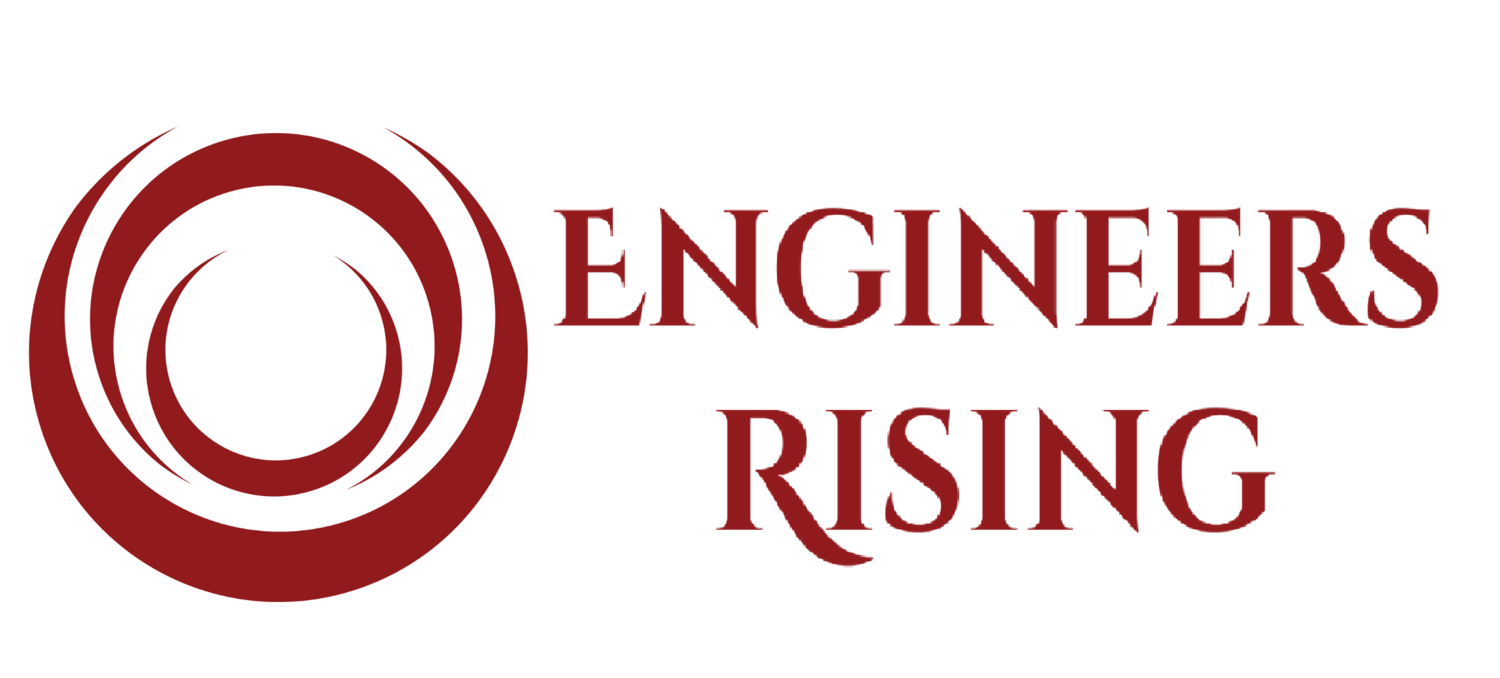This blog is a compilation of recent frequently asked questions. Please comment if you have a question I haven’t answered here, and we’ll add it!
Question 1: I’ve seen on your website that you volunteer a lot with the American Society of Civil Engineers. Is your degree in civil engineering?
My degree is in architectural engineering. I have both a Bachelor’s and Master’s degree in this field. My day-to-day work in my technical roles was structural engineering, and specifically structural engineering for commercial building projects. Structural engineering is used in many applications, from buildings to bridges to space stations. There are structural engineers with degrees in civil engineering, architectural engineering, and materials science, to name a few. I worked together with architects and an interdisciplinary design team to create a functional, aesthetically-pleasing buildings.
Question 2: What did you enjoy most about working as a civil/architectural/structural engineer? Why should a student consider these fields as a major?
The things I most enjoy are impact, collaboration, and problem solving. Check out this blog article elsewhere on the site for a deeper dive into those reasons, both when I worked as a design engineer and in my current role as an entrepreneur.
Question 3: Why did you become a civil/architectural/structural engineer?
I was a child who was curious about many things and did many things well. I liked math and science, I liked reading, and I enjoyed writing. When it came time to pick a college major, I picked biochemistry (first). But, when I arrived at college, I simply could not get excited about college chemistry (and was in fact happy to get a C in that class!), so at that point I knew I needed to find a new major, but I was not sure what to do.
Next, I switched to computer engineering, but although I liked learning new programs that make websites, I didn’t seem to have an affinity for C++ , which happened to be my first programming class. Now I was closing on the end of my second year in college, and still didn’t have my major dialed in.
For exercise and stress-relief, I often played tennis with a friend majoring in engineering. He came to play one day straight from his last class with a miniature building model. I looked at the model, and asked him in which engineering class he was building models. He told me about this major called architectural engineering where you get to learn how to combine art and engineering to create buildings. I’d always been fascinated by buildings, but knew I didn’t have the artistic skill set needed to become an architect. I had never even heard of a major where you could combine both, but from that point on I was hooked.
Question 4: What advice do you most often share with engineering students or someone early in their engineering career?
First, I direct them to my book, She Engineers. But, sometimes I only have 30 seconds, so when that happens this is what I share:
Learn everything you can, ask for what you want, and always remember that engineering is a service industry that serves people. In practice, that means saying “yes” often - to late nights learning new concepts, doing what you need to do to meet every deadline every time, to volunteering in engineering organizations that give back to your community, and to things that will be uncomfortable at first –that first presentation, negotiating a raise, asking for help (and then asking several more times when you don’t get it the first time!), and talking to a stranger you don’t know at a conference.
Question 5: What is the most challenging project you have completed?
I have two. The first is completing and published my book, She Engineers. This was one of those projects I thought I might get to “someday” – like when I retired. But, the universe had other plans. It was a reminder to me that you need to take a chance on new opportunities when they come, and that big dreams require big action.
The second is a building project we called “Ship in a Bottle”. It is actually one of the smaller projects (in terms of total construction cost) I’ve completed, but it was extremely challenging. It’s a project at Clarion University (Clarion, PA) where we renovated Becht Hall. The building was built in the early 1900’s. The structure was wood floor and wall framing with exterior masonry bearing walls and was originally used as a dormitory. Existing drawings were not available, and we were changing the use to a student services center, which required an increase in the structural loads for the building. After review of many options over several years, the team determined that the inside of the building would be gutted – structure and all – to achieve the project goals. But, since the exterior of the building was historic, the exterior building shell was to be maintained. That meant we needed to figure out a way to entirely replace 4 stories of structure inside without demolishing the exterior roof and walls.
This project was a fascinating lesson in existing conditions, constructibility, and teamwork. Our new foundations and structural system were designed based first on the question “how do you build the new structure within the very limited space available?” The contractor had to work around the massive amounts of shoring required to support the walls and roof in the interim conditions. We even found unusual things during demolition, like a large tree trunk holding up the existing roof structure that needed to be replaced.
Click HERE for a construction time-lapse video of the project showing the structure. It was taken by the contractor and demonstrates some of the complexities of the project.


